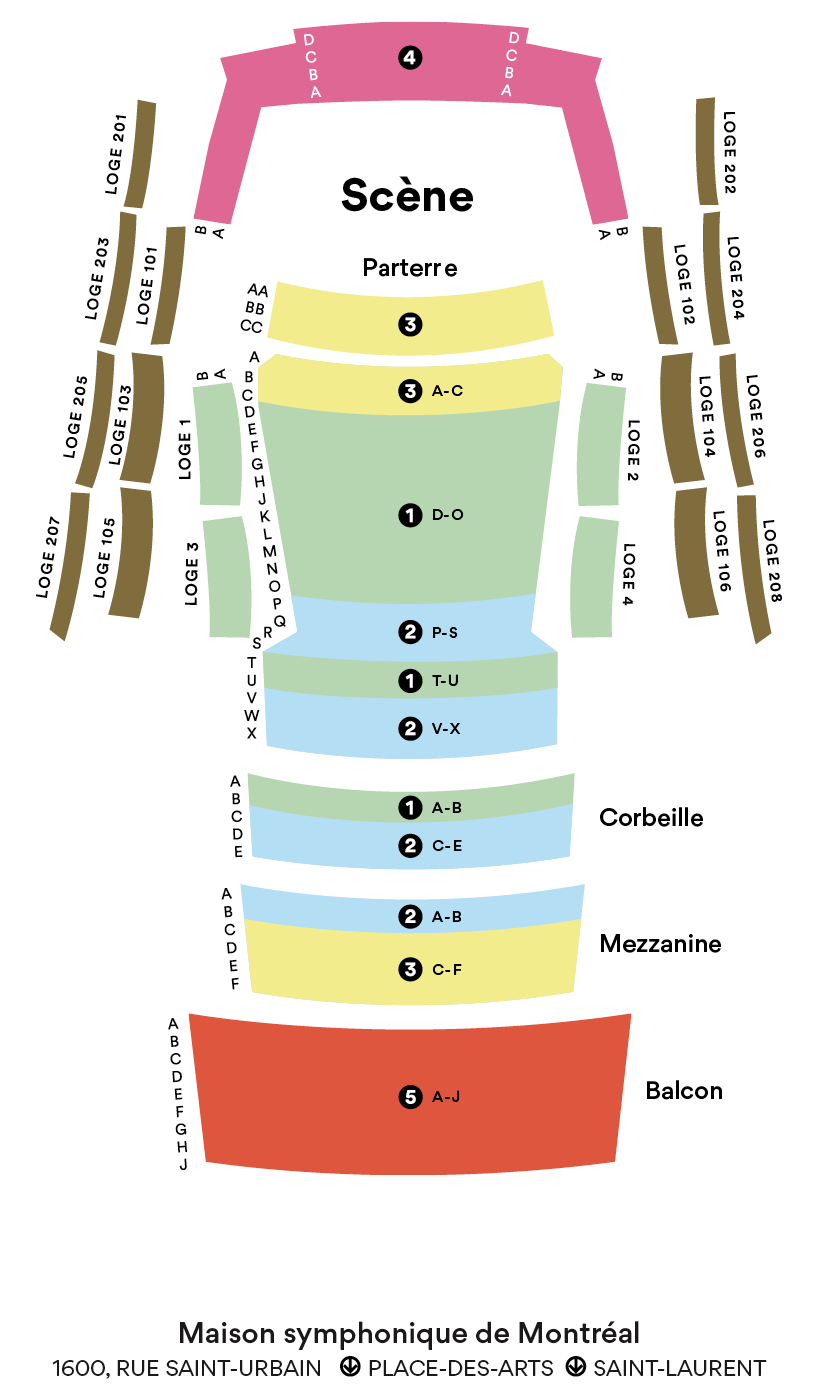Flute Concerto No. 1 (boroughs only)
Mozart
1756 – 1791
It was also while travelling that Wolfgang Amadeus Mozart (1756–1791) composed the Flute Concerto no. 1 in G major, K. 313. En route to Paris along with his mother, it was during a stopover in Mannheim that Mozart made the acquaintance of the surgeon and amateur flutist Ferdinand Dejean, who commissioned him to write three flute concertos and a series of flute quartets. This patron had requested works of lesser difficulty, which he would be able to perform himself. Overwhelmed by other occupations and uninspired by this commission, Mozart produced only two concertos and three quartets, for which he received a meagre 96 of the 200 guilders agreed upon. This concerto unfolds in three movements: a sonata-form Allegro maestoso, whose first theme is a ritornello (a motif repeated at regular intervals, much like a refrain); a tender Adagio ma non troppo, in which the flute engages in a dialogue with the orchestra; and a Rondo that has the distinctive feature of being played at the tempo of a minuet. The beauty of this concerto, a mainstay of the repertoire for flute and a prominent audition piece, completely contradicts Mozart’s purported lack of enthusiasm for the solo instrument.
